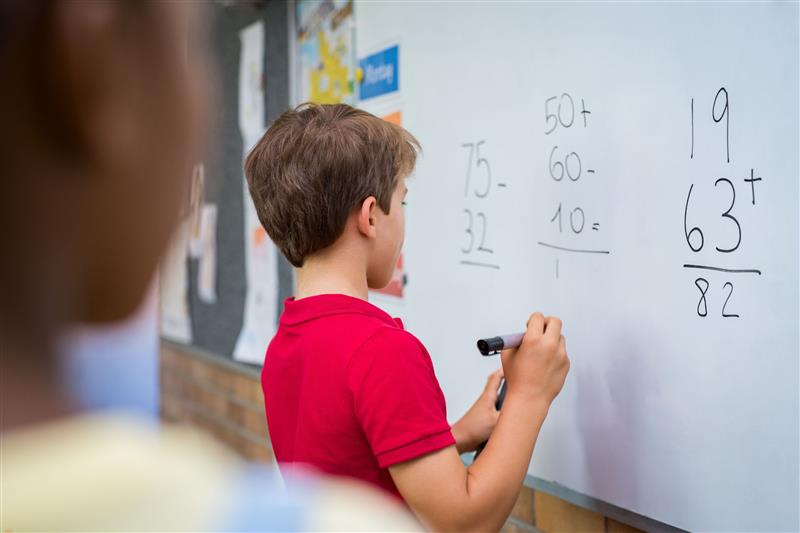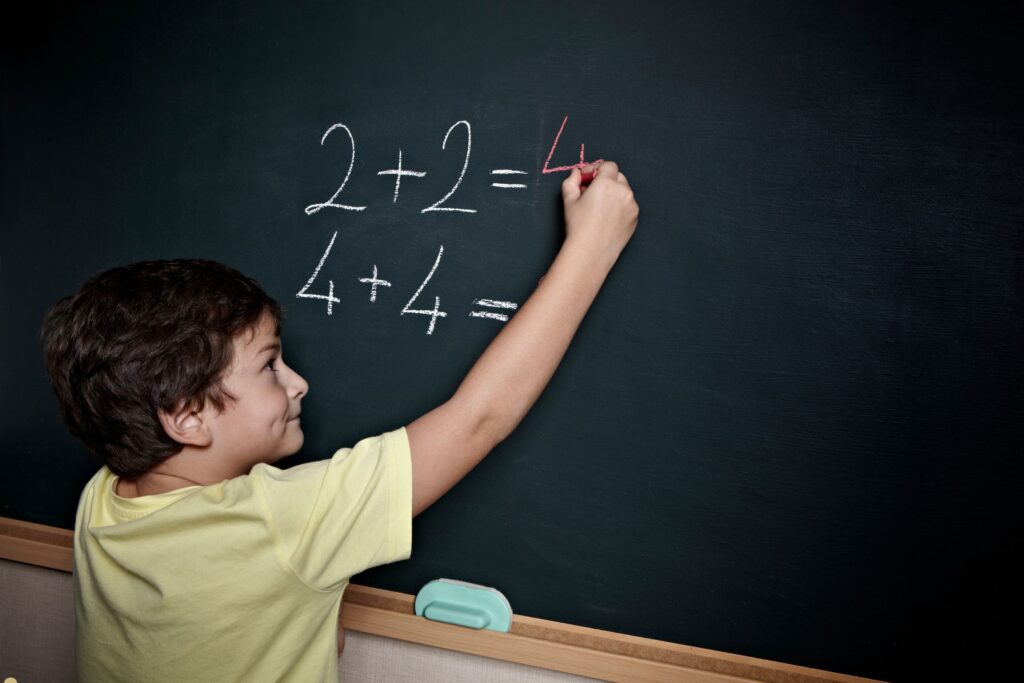
What Are Decimals?
Decimals are a way of showing numbers that are less than one, using place value and a decimal point. They’re a vital part of the KS2 and KS3 maths curriculum and appear frequently in daily life—whether you’re handling money, measuring ingredients, or calculating averages.
A decimal number consists of two parts:
- The whole number part (to the left of the decimal point)
The fractional or decimal part (to the right)
Example:
In 3.75:
- 3 is the whole number part
- 75 is the decimal part, representing 75 hundredths
A Brief History of Decimals
Decimals weren’t always around. Ancient civilisations used fractions instead. The concept of decimals was formally introduced by Al-Khwarizmi and Simon Stevin in the 16th century.
Simon Stevin, a Dutch mathematician, wrote a booklet called De Thiende (The Tenth), which explained why decimals were simpler than fractions. From that moment, maths changed forever. A Guide for Algebra for Beginners
Understanding Place Value in Decimals
Decimal place value is the foundation for understanding all decimal operations. Let’s break it down:
| Place | Value |
| 1st place after decimal | Tenths (1/10) |
| 2nd place | Hundredths (1/100) |
| 3rd place | Thousandths (1/1000) |
Example: In 0.386:
- 3 = tenths
- 8 = hundredths
- 6 = thousandths
Remember: each place is ten times smaller than the one before it. Learn Vocabulary for 11 Plus English

Why Are Decimals Important?
Decimals are everywhere. From shopping to science, they play a key role.
Real-life applications include:
- Money (e.g. £2.99)
- Measurements (e.g. 1.5 metres)
- Time (e.g. 0.25 hours)
- Data analysis (e.g. 3.14 in statistics)
Understanding decimals helps learners make better sense of the world around them.
Comparing Decimals
When comparing decimals:
- Line up the decimal points
- Add zeroes if needed to match the length
- Compare digit by digit from left to right
Example:
Which is bigger: 0.47 or 0.5?
0.47 = 0.470 → 470 < 500 → 0.5 is bigger
Common Mistake: Thinking 0.47 is bigger because “47” is more than “5”
Multiplying Decimals
Multiply as if the numbers are whole. Then count how many decimal places were in the original numbers and apply them to the result. Become a Franchise Partner with LT School Tuition Franchise Centre
Example:
1.2 × 0.5 →
12 × 5 = 60
2 decimal places total → 0.60
Dividing Decimals
Make the divisor a whole number by multiplying both numbers by the same power of 10.
Example:
0.6 ÷ 0.2 → Multiply both by 10 → 6 ÷ 2 = 3
Golden Rule: Never divide with a decimal in the divisor—make it whole first.
Converting Fractions to Decimals
Method 1: Divide the numerator by the denominator
Example:
3/4 = 3 ÷ 4 = 0.75
Method 2: Use knowledge of common conversions
- ½ = 0.5
- ¼ = 0.25
- ⅛ = 0.125
Use a calculator for complex conversions, but learn the simple ones by heart. Online Education Franchise Business
Converting Decimals to Percentages
Multiply the decimal by 100 and add a percentage symbol.
Example:
0.6 = 60%
0.125 = 12.5%
This is especially useful in discount calculations and data interpretation.
Top 10 Decimal Practice Questions
| Question | Answer |
| 1. 0.6 + 0.75 | 1.35 |
| 2. 3.45 − 1.2 | 2.25 |
| 3. 1.2 × 2.5 | 3.00 |
| 4. 2.4 ÷ 0.6 | 4 |
| 5. Round 6.786 to 2 decimal places | 6.79 |
| 6. Convert 3/5 to decimal | 0.6 |
| 7. Convert 0.25 to a percentage | 25% |
| 8. Compare: 0.74 vs 0.704 | 0.74 is greater |
| 9. 0.8 + 0.16 | 0.96 |
| 10. 1.25 − 0.9 | 0.35 |
Conclusion
Decimals are simple yet powerful tools in both school and life. From buying snacks to solving GCSE questions, you’ll use them more than you realise. Mastering decimal operations, conversions, and comparisons helps you not just ace your exams—but also handle everyday maths like a pro. Enrol now for affordable Online Tutoring UK
FAQs
1. What are decimals in maths?
Decimals are numbers that have a whole part and a fractional part separated by a decimal point.
2. Are decimals and fractions the same?
They represent the same values but are written differently.
3. How do I know when to round decimals?
In exams, the question will usually tell you. In real life, use your judgment based on context.
4. What’s the easiest way to convert decimals to percentages?
Multiply the decimal by 100 and add the % symbol.
5. How can I avoid decimal mistakes in calculations?
Line up your decimal points, write neatly, and check each step.
